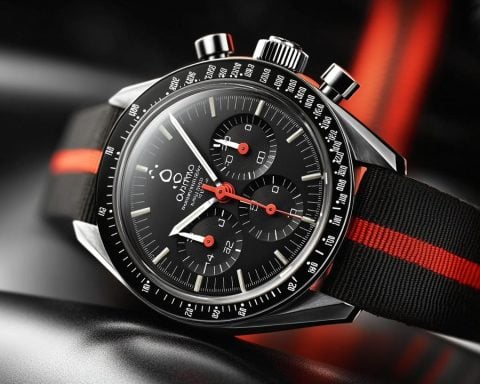Cannondale, a renowned American brand, has made waves with its latest high-performance eMTB, the Moterra Neo S3. While it might not carry the lowest price tag in the off-road e-bike market, this model delivers exceptional quality and performance at a competitive price point.
Designed for Adventure
The Cannondale Moterra Neo S3 guarantees an exhilarating off-road experience. Its design incorporates an aluminum frame, forgoing the pricier carbon fiber option to keep costs manageable. At the front, it features an SR Suntour Zeron 36 Boost fork, offering 140mm of travel and rebound adjustment. The rear suspension employs an innovative X-Fusion O2 Pro Air shock, which is also adjustable and lockable.
Precision and Control
Equipped with an 11-speed Shimano CUES U6000 transmission and Shimano MT200 hydraulic disc brakes with 180mm rotors on both wheels, the Moterra Neo S3 ensures smooth shifting and reliable stopping power. Its WTB Breakout Comp 29-inch tires provide grip and stability on various terrains.
Power and Range
Central to its performance is the Shimano EP6 motor, delivering 85 Nm of maximum torque and a nominal power output of 250 watts, in compliance with European pedelec regulations. The pedal-assist system disengages at 25 km/h, ensuring a natural riding experience. Additionally, the integrated Shimano BT-EN8036 battery offers an impressive 630Wh capacity, translating to substantial riding autonomy.
Affordable Luxury
Priced at 3,999 euros, the Cannondale Moterra Neo S3 offers value for those seeking a top-tier eMTB. However, savvy shoppers might find better deals on specialized platforms.
How E-Bikes are Transforming Urban Commutes and Green Initiatives
Cannondale’s recent release of the Moterra Neo S3 is shaping discussions around high-performance electric mountain bikes (eMTBs). But the burgeoning e-bike market impacts far more than just off-road adventures. Several interesting aspects and potential controversies related to e-bikes, particularly in urban settings and global environmental efforts, merit exploration.
The Urban Commute Revolution
While the Moterra Neo S3 is designed for rugged terrains, the broader e-bike market is making significant inroads into urban commuting. As cities worldwide grapple with congestion and pollution, e-bikes emerge as an eco-friendly alternative. By offering an efficient and emission-free mode of transport, e-bikes reduce reliance on cars and public transportation, particularly beneficial in densely populated urban centers.
Boost to Local Economies
The rise of e-bikes catalyzes local economies by supporting a network of related businesses such as bike shops, repair services, and charging infrastructure. This creates jobs and stimulates innovation and entrepreneurship in e-mobility, enhancing economic growth in both urban and rural settings.
Environmental Impact
E-bikes play a crucial role in reducing carbon footprints. As e-bikes become a preferred mode of transport, they contribute to lower CO2 emissions. This shift aligns with global climate goals, reinforcing initiatives aimed at achieving net-zero emissions. Unlike conventional vehicles, e-bikes offer an emission-free ride, especially when the electricity powering them comes from renewable sources.
Addressing Inclusivity
An often-overlooked benefit of e-bikes is their role in promoting inclusivity. With pedal assistance, e-bikes facilitate cycling for individuals who might otherwise find it challenging, such as older adults or those with physical limitations. By making cycling accessible to a broader audience, e-bikes foster community engagement and social inclusion.
Potential Controversies
Despite these benefits, the proliferation of e-bikes raises several concerns. Issues of safety are paramount, with inexperienced riders sometimes causing accidents on busy streets meant for traditional bicycles. Additionally, conflicts arise over the regulation of e-bikes on sidewalks and bike lanes, as some pedestrians and cyclists see them as hazards rather than allies.
Future Outlook
As cities increasingly integrate e-bikes into their transportation planning, questions abound regarding infrastructure adaptation. Should cities expand bike lanes or build new charging stations? How will municipalities regulate e-bike speeds and usage to prevent conflicts? These questions shape the evolving narrative of e-bikes in urban landscapes.
For further information on how e-bikes are affecting urban transportation and environmental efforts, visit The Guardian or explore sustainable transport initiatives at United Nations.






















